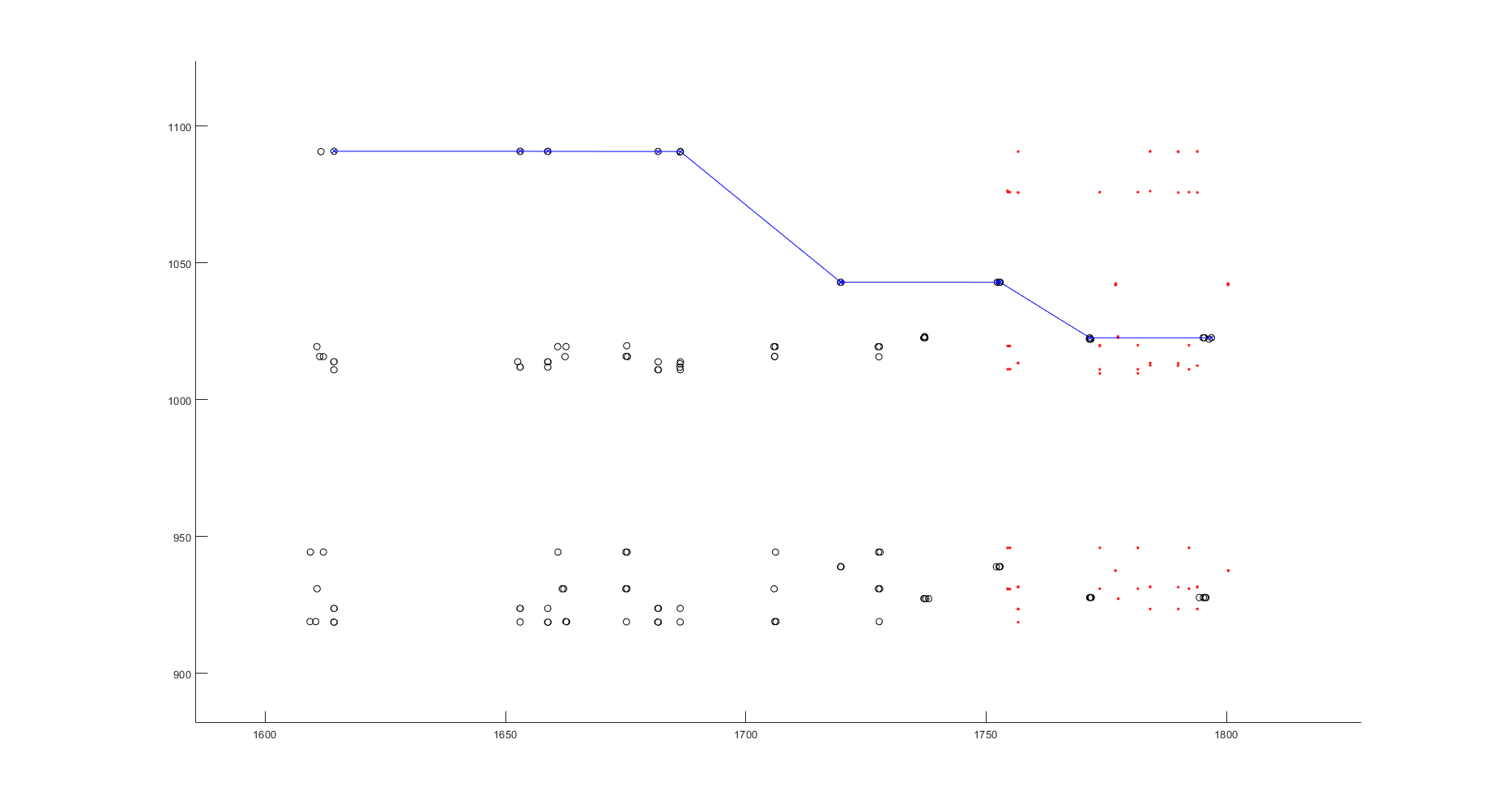IADR Abstract Archives
Abutment Design Optimization for Bone Remodeling of Subcrestal Implant Placement
Objectives: Subcrestal implant placement has been proposed as a protocol for implant placement to maintain peri-implant bone level. This protocol could avoid physiologic bone resorption and reduced stress concentration around cortical bone. Interestingly, an optimal abutment design of the restoration on subcrestal implant is still unknown. The study aims to establish a relationship between two implant placement protocols (subcrestal and equicrestal) and bone remodeling responses to varying abutment tapering degrees and gingival heights of titanium base abutment (G/H Tibase), and to develop a multi-objective optimization framework for the optimal abutment design of the subcrestal and equicrestal implants.
Methods: The optimization problem was posed to find an optimum abutment taper angle and titanium base height such that maximizing average bone density and simultaneously minimizing standard deviation of bone density while constraining stress failure and mechanical overloading. The bone remodeling responses of various models were evaluated in terms of the average apparent density developed in the peri-implant region. Finite element analysis (FEA) models of all possible designs were created to generate a mechanical stimulus for bone remodeling simulation of each model. The response surface method was utilized to relate the abutment design parameters to the bone responses.
Results: In equicrestal implant position, the abutment design with 20° taper degree and 0.5 G/H Tibase
is the best design point to maximize in approximately 1614 kg/m3 of cortical bone density and 1090 kg/m3 of cancellous bone density. In 1 mm. subcrestal implant position, the abutment design with 30° taper degree and 0.5 G/H Tibase demonstrated the optimum abutment design to maximize in approximately 1796 kg/m3 of cortical bone density and 1022 kg/m3 of cancellous bone density.
Conclusions: The position of implant placement has a direct effect on abutment design, and abutment design has a direct effect on bone remodeling. The optimal abutment design differs between the equicrestal and subcrestal implant positions.
Methods: The optimization problem was posed to find an optimum abutment taper angle and titanium base height such that maximizing average bone density and simultaneously minimizing standard deviation of bone density while constraining stress failure and mechanical overloading. The bone remodeling responses of various models were evaluated in terms of the average apparent density developed in the peri-implant region. Finite element analysis (FEA) models of all possible designs were created to generate a mechanical stimulus for bone remodeling simulation of each model. The response surface method was utilized to relate the abutment design parameters to the bone responses.
Results: In equicrestal implant position, the abutment design with 20° taper degree and 0.5 G/H Tibase
is the best design point to maximize in approximately 1614 kg/m3 of cortical bone density and 1090 kg/m3 of cancellous bone density. In 1 mm. subcrestal implant position, the abutment design with 30° taper degree and 0.5 G/H Tibase demonstrated the optimum abutment design to maximize in approximately 1796 kg/m3 of cortical bone density and 1022 kg/m3 of cancellous bone density.
Conclusions: The position of implant placement has a direct effect on abutment design, and abutment design has a direct effect on bone remodeling. The optimal abutment design differs between the equicrestal and subcrestal implant positions.

